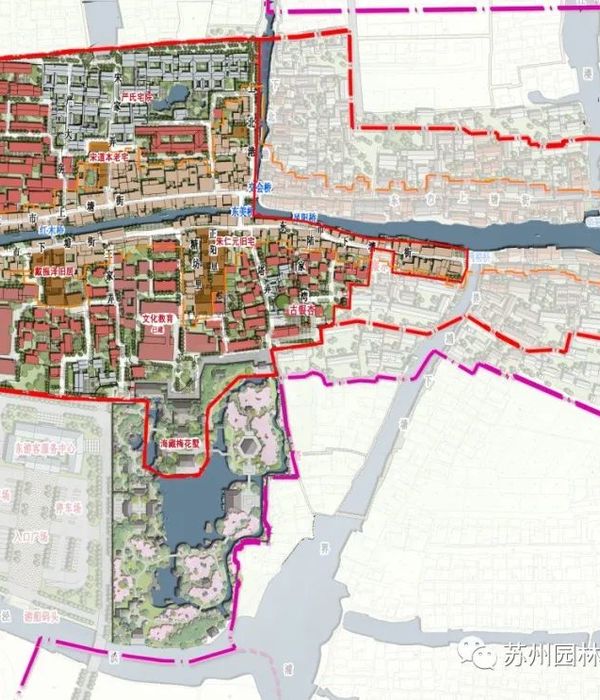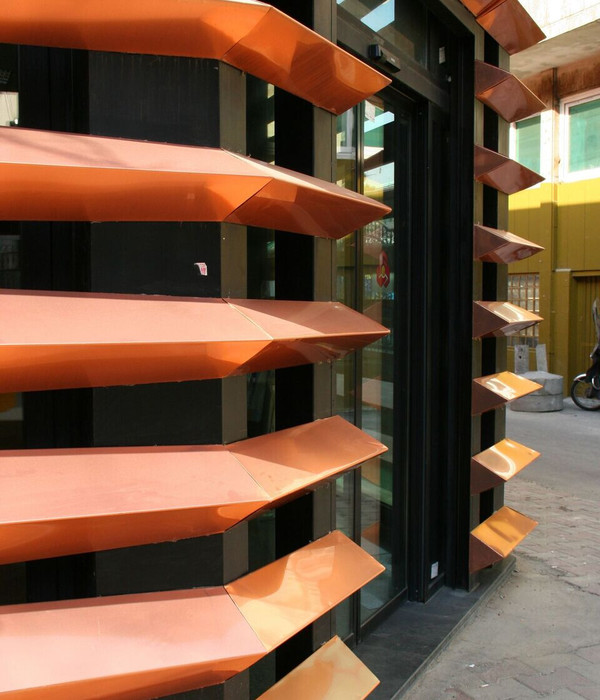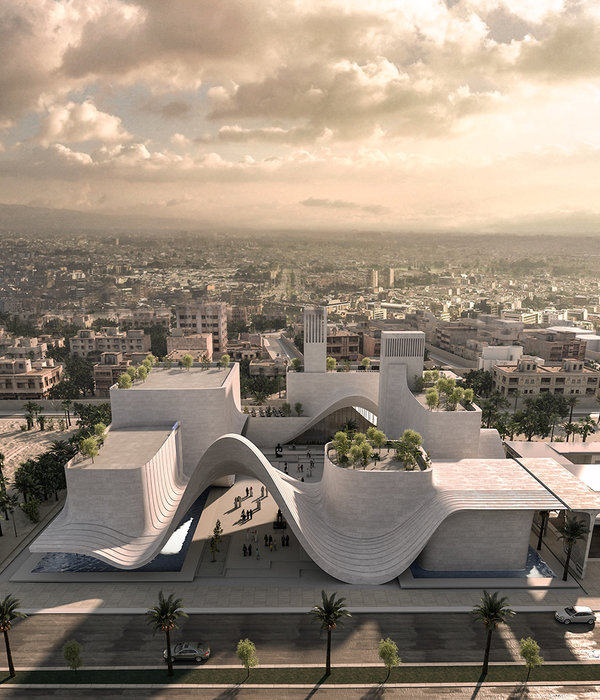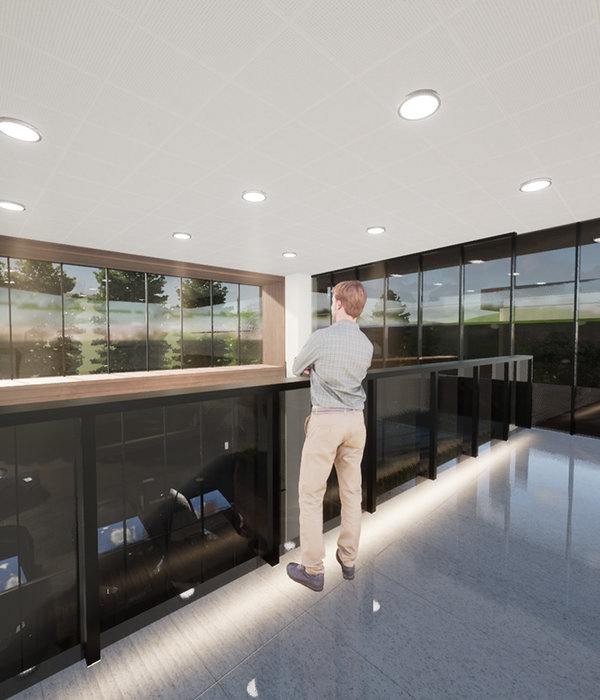Bounded to the North-West by the final stretch of the Lamone river, crossed by the railway line that leads from Faenza to Ravenna, bordered to the South-East by the Carrarone road (onto which its very entrance opens), the former industrial area, that once hosted the Eridania sugar factory, lies on the edge of a wide agricultural land. The area, adjacent to the city of Russi, in the province of Ravenna (Italy), is still dedicated to the historical cultivation of sugar beet and fruit trees, encompasses 47 hectares. This large district, linked to one of the leading agri-food industries in the Italian entrepreneurial history, has now discontinued the production of sugar on this very site, keeping here only the boxing and storage phases, hosted in an area of about 46,000 square meters. Approximately 280,000 square meters of the site, including three large wetlands, have been restored, re-naturalized and given back to the community; while a program of conversion of the former industrial areas is underway for a part of the remaining area, measuring more than 167,000 square meters.
The new pole for the production of electricity from renewable sources is located in Russi, in the heart of the Italian region of Romagna. The project was designed by Giovanni Vaccarini Architetti, an architectural firm experienced in numerous environmental mitigation projects and well established both nationally and internationally. An environmental-oriented vision informs the master plan: in its integration with the agricultural and farming landscape, the buildings designed by Vaccarini surface from the ground as if they were crystals.
The masterplan for the pole defines a low-tech environmental system originating from the design of the earthwork, that serves as an interface between the rural and industrial spheres. “The entire project starts with the design of its edges”, says Giovanni Vaccarini, explaining how he was able to carry out clever environmental mitigation for the project through the presence of the “dunes” (an element typical of the Adriatic landscape) built along the entire perimeter of the area. With a height ranging between three and ten meters and surmounted by trees and pathways, accessible to both pedestrians and cyclists, the edge of this area was designed by Vaccarini as a natural embankment. Thus defined, the margins of the intervention create an interface between agriculture and energy production.
The choice of Giovanni Vaccarini Architetti to surround the site with accessible dunes and naturalistic pathways, instead of using industrial fences, is strongly related to the desire to establish a relationship of openness between the pole and its surrounding territory. The biomass plant itself (with a power of 30 MWe) is fueled with wood chips in addition to residues from mowing and cleaning of river banks and pruning, all materials that come from within a 70 km radius of the site. Consideration for the environment was at the forefront of the architects’ minds. In order to further minimize the impact of the pole on its territory, the dunes were built employing only the earth that resulted from the construction site excavation, then covered with fresh soil and planted with vegetation.
The furnace building and the adjacent chimney are the most characterizing architectures of the intervention, both in terms of size and for their design. Positioned along the Carrarone road, their volumes appear to be imposing but yet mitigated both by the presence of the dunes, which minimize the perception of their height and by a sophisticated camouflage on their outer surfaces, faceted into a sort of kaleidoscope of triangular shapes.
The main building (i.e. the furnace and smoke line) has a remarkable size: measuring about one hundred meters in length and over thirty meters high. The chimney, which is located next to the furnace, reaches a height of 50 meters. Behind these buildings are the engine rooms, the large condenser, the ample canopy under which wood chips are stored and dried before being led to the furnace through a conveyor belt. Further beyond, following Vaccarini’s design of large rectangles that may recall the shape of urban blocks, are located in vast areas where the wood chips are moved and stored. Composting areas and the biogas production plant are located on the opposite side of the site.
The masterplan also includes a building for offices, an electric substation and an area for the collection of wastewater. What really strikes the attention of the observer is the multifaceted pattern that Giovanni Vaccarini designed for the external skin of the two main buildings: large triangular surfaces envelope the volumes of the furnace and chimney, cleverly subverting their geometries. Made with steel structures, they are weaved with wooden panels, laid in a parallel pattern. The weave of the wooden shingles does not follow a uniform pattern, but instead, it changes direction on each face, thus offering to the observer an ever-changing perception of the building, that varies depending on the point of view and the different hours of the day or light conditions. The wooden cladding is also a tribute to the art of weaving and nomadic architecture.
In order to conceive this solution, Giovanni Vaccarini resorted to a Cubist-inspired technique of military camouflage developed during the Great War in the military marine industry. Known as Razzle Dazzle, this technique was originally used with the purpose of making the identification of British ships difficult, despite their significant size. It consists of a series of lines and graphic signs that interrupt and face each other, defining a disjointed motif which consequently confuses the observer’s perception, making it difficult to precisely estimate the distance and size of the object.
The architectural solution is consistent with the overall idea of environmental mitigation that inspired the project. Giovanni Vaccarini has already demonstrated his interest in the perceptive dimension of architectural elements on other occasions: in his design for the SPG Headquarters in Geneva, for example, he was inspired by kinetic art in order to transform the mass of the building into a seemingly abstract and immaterial body, through the use of glass fins positioned on its envelope.
▼项目更多图片
{{item.text_origin}}












